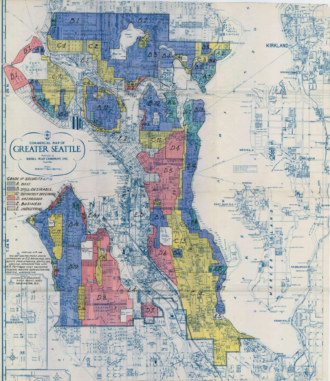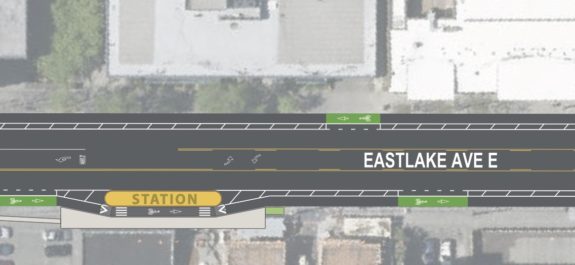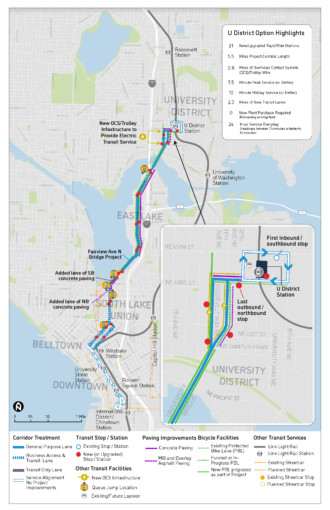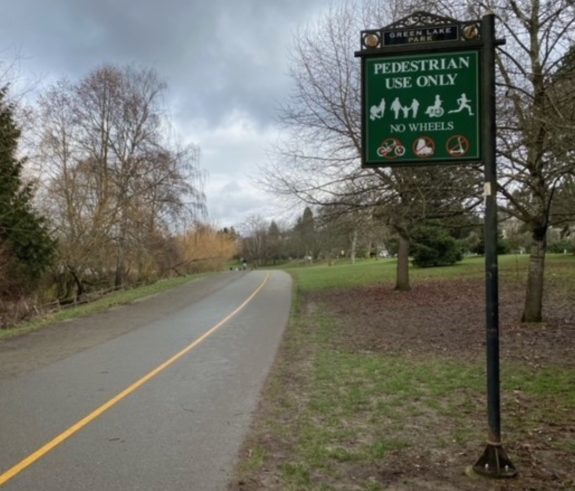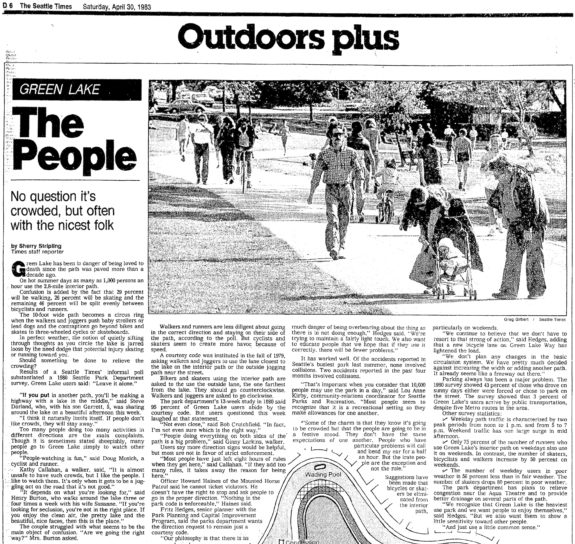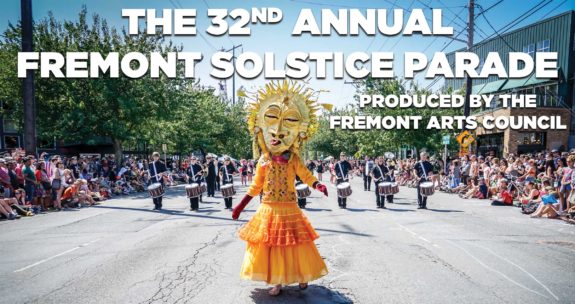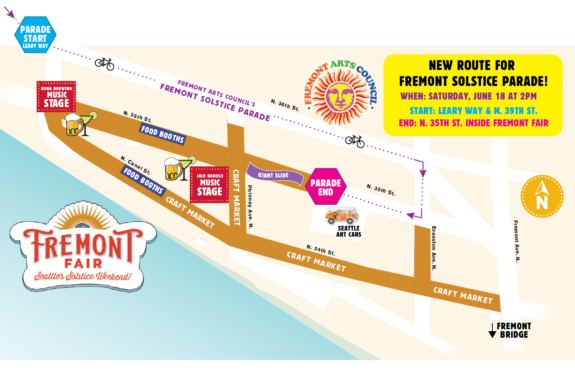NOTE: You can find this event and more on the Seattle Bike Blog Events Calendar. Posting to the calendar is free and open to anyone. For example, check out this East Seattle History Ride Saturday.
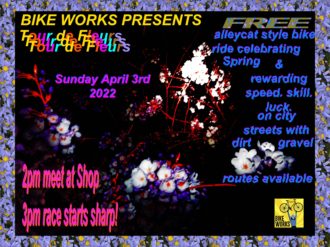 Bike Works is hosting a flower-themed alleycat Sunday with “a wide array of jovial checkpoints and challenges based on non-bike related talent and luck.” An alleycat is a style of bike ride with a set of checkpoints around town, but no set route. Instead, it’s up to riders to navigate their way from point to point completing challenges along the way.
Bike Works is hosting a flower-themed alleycat Sunday with “a wide array of jovial checkpoints and challenges based on non-bike related talent and luck.” An alleycat is a style of bike ride with a set of checkpoints around town, but no set route. Instead, it’s up to riders to navigate their way from point to point completing challenges along the way.
So bungee some flowers to your bike and head down to the Bike Works community shop at 2 p.m. It’s a free event.
Details from Bike Works:
The dark, gray days are almost over, and life finds a way to light up our path towards a brighter, warmer future in the way of flowers. Rejoice! Spring is upon us! And what better way to celebrate than with a bike ride? Bike Works will be hosting its first official alleycat-style bike ride, the Tour de Fleurs, in celebration of spring – rain or shine!
Tour de Fleurs
Sunday, April 3rd, 2 – 6 PM
Bike Works Shop – 3709 S Ferdinand St, Seattle, WA 98118
Two route options – 13ish + 17ish miles with a 2 hour limit
Register here – optional donations will support Nurturing RootsAn alleycat is a bike race modeled after a day in the life of a bike messenger. The route will be kept secret until the day of. There is no set route; it is up to the rider to navigate their own path. In addition to the urban asphalt, there will be dirt/gravel options to increase stoke and help connect you to the great provider of flowers and life, Mother Earth.
We’ve planned the ride to celebrate and encourage fun with a wide array of jovial checkpoints and challenges based on non-bike related talent and luck. Optional dress code is floral spring awakening. Prizes given for mini-game challenges, best dressed, fastest, slowest, etc. Food and drink will be provided.
We hope to see you on Sunday for an amazing celebration of warmer, brighter days ahead.

